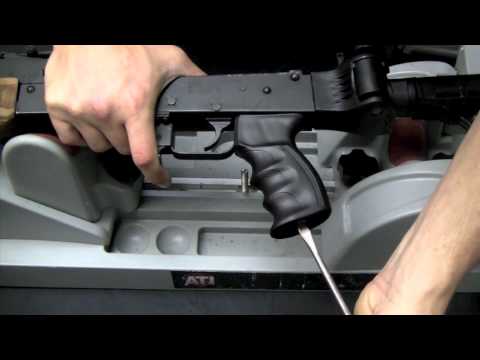Mass-produced in 1997 by the state-run Ordnance Factories Board (OFB), the INSAS first saw combat in 1999 during the three-month-long Kargil War between India and Pakistan. It immediately began to show problems: according to
The New Indian Express, soldiers reported that the weapons frequently jammed, had select-fire problems, and that the polymer magazines cracked in the high-altitude cold. But that wasn't all.
The INSAS' tendency to overheat and otherwise malfunction was blamed for the deaths of 43 Nepalese soldiers after a base near Kathmandu was overrun by Maoist rebels in 2005.
In a statement to reporters following the assault, Brigadier-General Deepak Gurung of the Royal Nepalese Army said, "Soldiers complained that the INSAS rifles did not function properly during the fighting, which lasted for a long time... Maybe the weapons we were using were not designed for a long fight. They malfunctioned."
I spoke to
Chris Erickson, a former Green Beret and U.S. Special Forces Weapons Sergeant, about his experiences with the INSAS' lack of reliability.
"I have personally observed a Nepalese SOF (Special Operations Forces) arms room where INSAS rifles (were) in extremely good condition gathering dust, while troops were carrying extremely worn M-16s," Erickson said. "The commandos said that the rifles had not been used in years, due to being extremely unreliable during the Nepalese civil war with communist guerrillas. When I took one of the weapons down to the range, it began having extremely frequent jams after no more than two magazines (60 rounds) being fired through it. The weapon was taken down again, cleaned, and NATO ammunition was again fired through it to the same results."
"It just didn't work, but I could see how it looked like a great idea on the drawing board." – Chris Erickson, Former Green Beret















